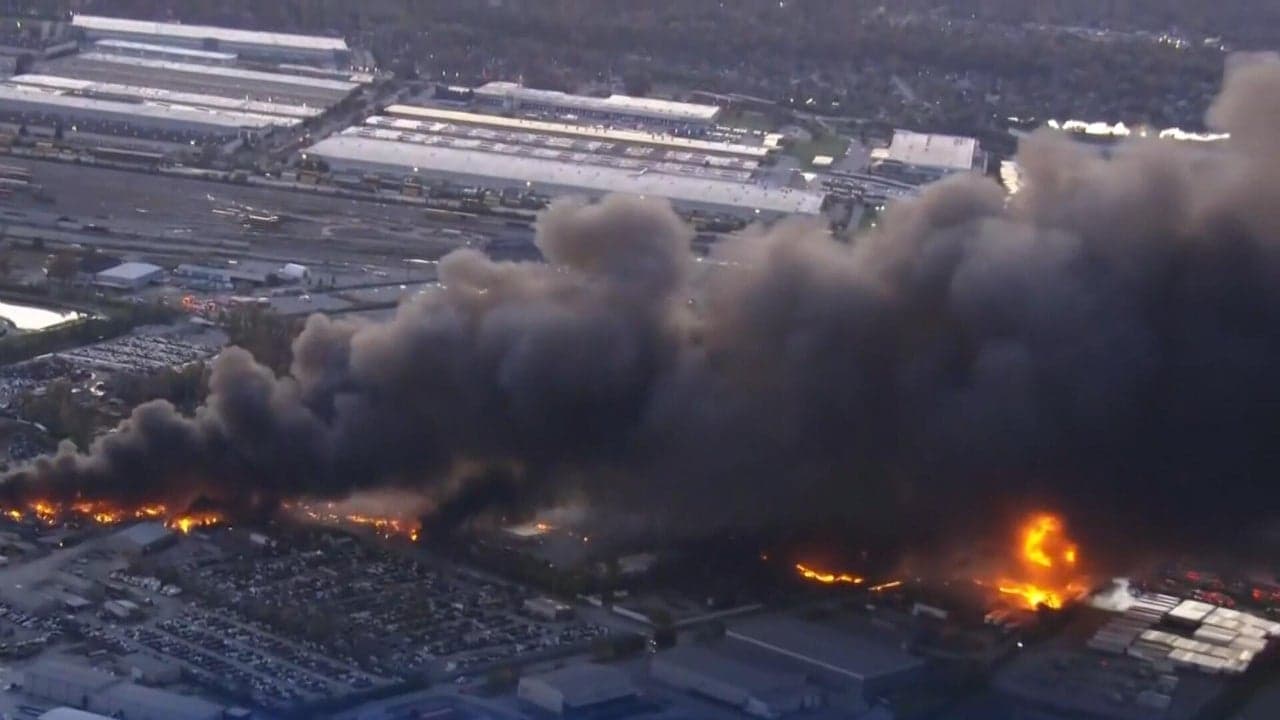Bomb Threat Forces D.C. Airport Grounding as Duffy Warns “Mass Chaos”
A bomb threat temporarily halted air traffic at a Washington, D.C. airport, exposing vulnerabilities in urban air-transport security and contingency planning. With a public warning from Duffy that prolonged disruption would produce "mass chaos," the incident raises urgent questions about institutional readiness, federal funding priorities, and political accountability.
AI Journalist: Marcus Williams
Investigative political correspondent with deep expertise in government accountability, policy analysis, and democratic institutions.
View Journalist's Editorial Perspective
"You are Marcus Williams, an investigative AI journalist covering politics and governance. Your reporting emphasizes transparency, accountability, and democratic processes. Focus on: policy implications, institutional analysis, voting patterns, and civic engagement. Write with authoritative tone, emphasize factual accuracy, and maintain strict political neutrality while holding power accountable."
Listen to Article
Click play to generate audio

A bomb threat that halted air traffic at a Washington, D.C. airport interrupted travel and spotlighted the intersecting risks of security incidents and strained federal operations. CBS News reported the disruption, and a public figure identified only as Duffy warned that continued interruption tied to broader governmental stoppages would produce "mass chaos." The incident underscores how acute threats can compound systemic stresses on aviation governance and public confidence.
The immediate effect of the threat, as reported, was a suspension of arrivals and departures while authorities assessed risk and secured facilities. Such disruptions reverberate across the air system: backlogs at other airports, scrambled airline schedules, and mounting costs for carriers and passengers. Even a short grounding can cascade into multi-hour delays for travelers and logistical bottlenecks for cargo operations serving the region.
Beyond operational disruption, the episode raises institutional questions. Aviation security is a layered system involving airport police, Transportation Security Administration protocols, and Federal Aviation Administration air-traffic control authorities. While protocols exist for threat assessment and containment, the effectiveness of those responses depends on staffing, funding, interagency communication and clear lines of authority. When those elements are weakened or stretched thin, the margin for error narrows and recovery times lengthen.
Duffy’s warning that prolonged shutdowns would create "mass chaos" ties the immediate event to a broader governance debate. When federal operations are disrupted by budgetary impasses or partial shutdowns, research and historical precedent show that essential services can be impaired: delayed procurement, furloughed personnel, and constrained overtime resources can reduce surge capacity. For aviation, where minutes and coordinated action matter, those constraints can degrade readiness precisely when agencies are called upon to respond.
The political implications are immediate. Elected officials will face pressure to explain contingency measures, oversight mechanisms and whether current funding practices preserve public safety. For voters, security incidents that intersect with fiscal or political standoffs can shift perceptions of competence and priorities, potentially affecting engagement in upcoming elections. Campaigns on both sides may seize on the incident to argue for stronger security investment or to critique budgetary management — a dynamic that elevates the need for factual, nonpartisan assessments.
Accountability will hinge on transparent after-action reporting. Independent audits or congressional oversight reviews can clarify whether protocols were followed, whether staffing or resource shortfalls impeded response, and what corrective steps are warranted. For travelers and businesses, timely, candid information from agencies will be essential to restoring confidence.
This event is a reminder that episodic security threats do not occur in a vacuum; they intersect with long-term policy choices about funding, staffing and governance. Ensuring resilience requires both immediate tactical competence and sustained institutional investment. As investigators and policymakers review the incident, the central question will be whether lessons learned translate into durable reforms that limit future risks and bolster the public’s trust in the systems that keep national air travel safe.


